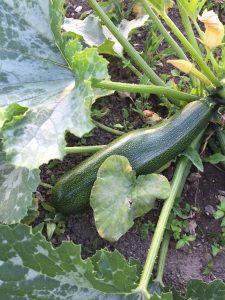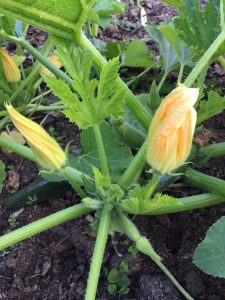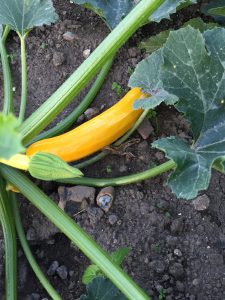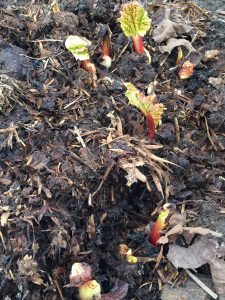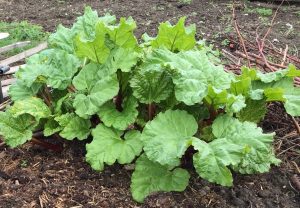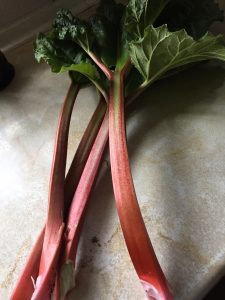The second working party this autumn was held at the Clare Crescent site in Baldock where we had planted seed potatoes on the last cultivated plot at this site in the spring. This site is still managed by North Herts District Council.
A very loose experiment was run to see which half of it would produce the more tubers with half the plot being ridged up in the traditional way and the second half just dropping the seed potatoes in holes.
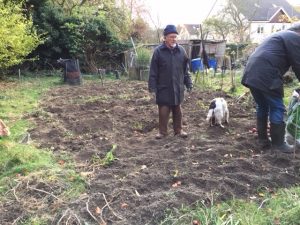
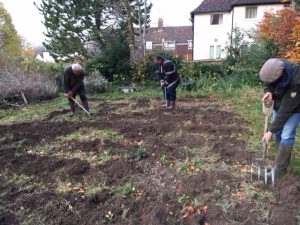
Although hardly scientific, the ridged half of the plot produced the best yield by a long way with very little being harvested from the non-ridged part. In fact it was more like trying to find where the rows of potatoes were on this half! Underground tree roots may have had something to do with it too though…
Surplus potatoes from the plot are being donated to Baldock’s Community Centre to help feed those in need this Christmas.
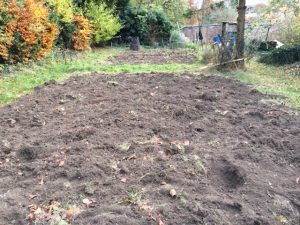
We’d love to have more volunteers help on working parties. They are a great way of building camaraderie and giving something back to the allotment association. The more we can do by members volunteering, the more money we can save from having to call experts in to do work which we could have done ourselves. ‘Banked’ volunteer hours are also used when applying for grants for future improvement work to our sites.
So keep an eye out for the next working parties and come and join in!



